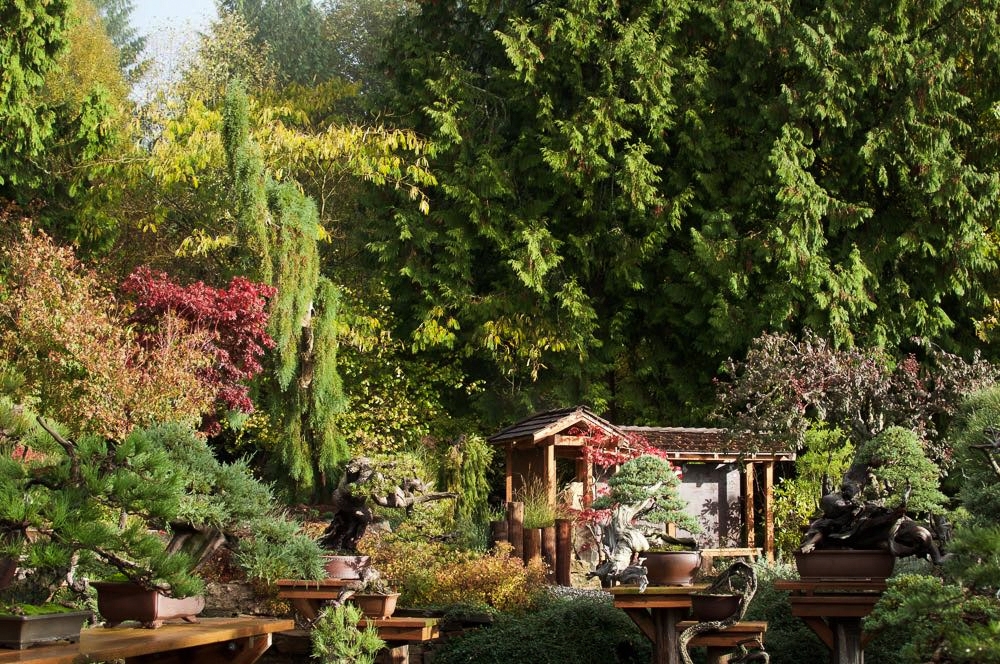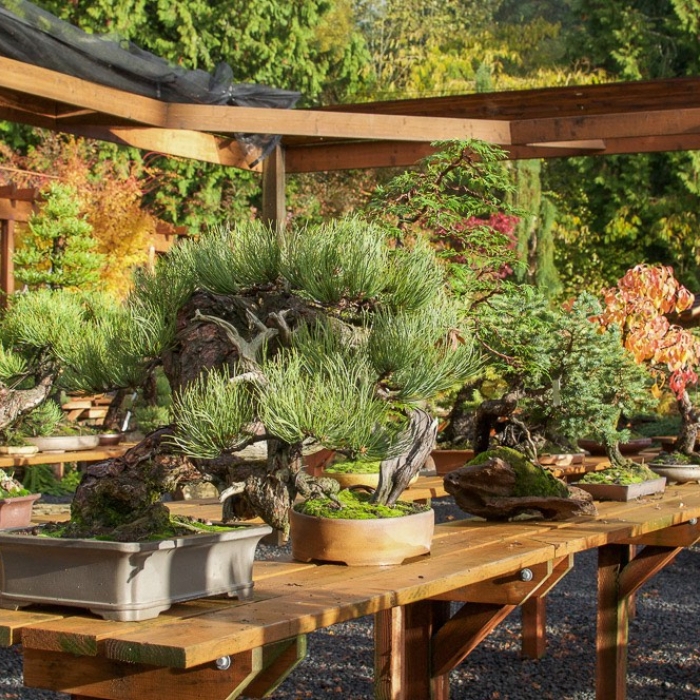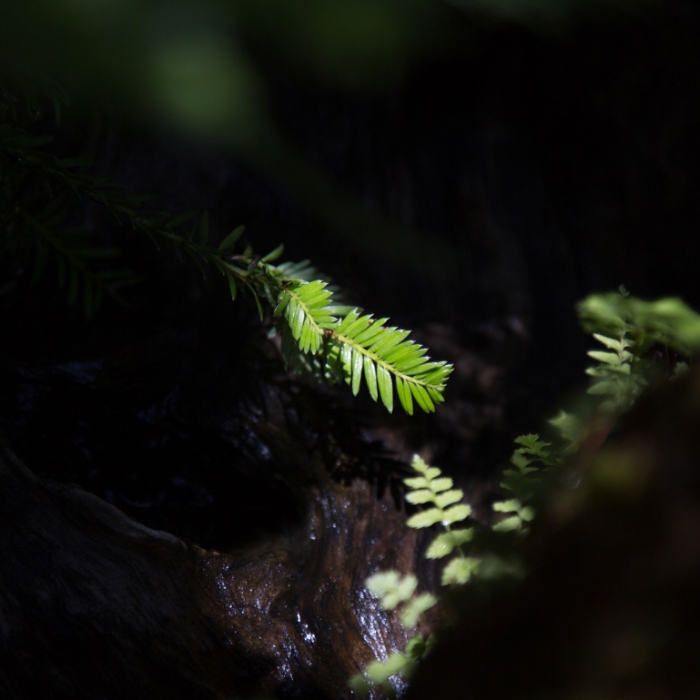a comprehensive guide to understanding the different juniper species and subgenres
Juniperus is a diverse genus of evergreen conifer that occupies landscapes high and low, wet and dry, hot and cold, with some species growing as trees and others as shrubs or groundcover. The unifying commonality in all juniper species is their strength comes from their foliar mass, which feeds the expansive exemplary network of roots and exotic live veins that connect the branching of junipers to their water-conductive vascular system. The foliage on junipers ranges from scale form to needle-like leaves, depending on the species and the stage of foliar growth. Some junipers showcase both mature foliage in scales and youthful or juvenile foliage in needle form, while others exist entirely in needle form. To quantify this diversity of growth and foliar form and to explore the training techniques as bonsai subjects, juniper bonsai are separated into three subgenres: mounding junipers, running junipers, and needle junipers. These subgenres house numerous species that not only inhabit their respective categories but also represent various continents across the globe.
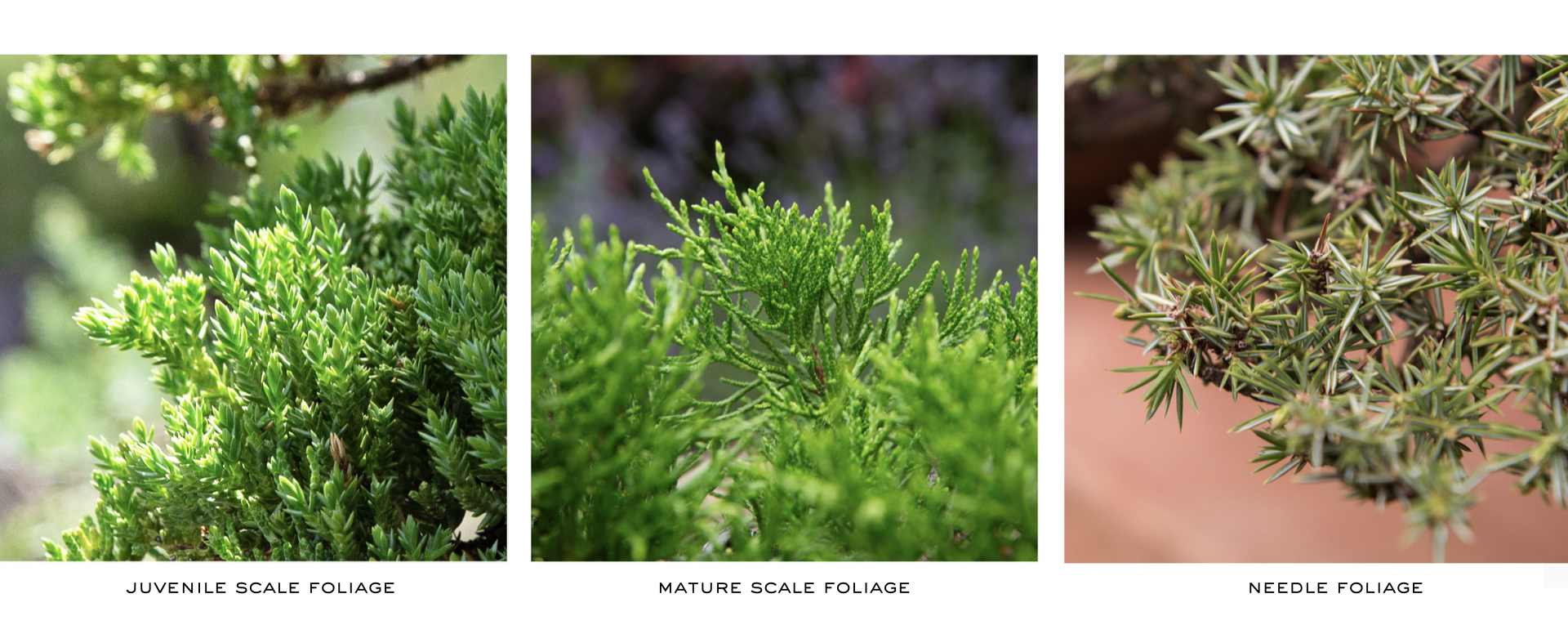
"Some junipers showcase both mature foliage in scales and youthful or juvenile foliage in needle form, while others exist entirely in needle form."
1. Subgenre: Mounding Juniper
Mounding junipers are juniper species whose growth gains interior density and pillowy mass before it elongates, thickens, and develop its primary structure. Often, this premature density can make mounding juniper bonsai appear as though it is far more mature and developed than it is since the density covers up a disproportionate and immature structural branching system. However, even though all mounding juniper species take time and patience to encourage long, thick growth, there are coarser needled mounding junipers such as the 'Toyama' variety of Shinpaku juniper, whose larger foliar scale increase the rate of thickening. When selecting mounding juniper varieties, it is essential to match the foliage's size to the tree's size so growth rate and proportions match in the finished bonsai. As with any subgenre, there are nuances to making the best bonsai from the inevitable characteristics of the species involved. The remarkable foliage and natural density make the mounding juniper subgenre undeniably attractive as a bonsai subject and incredibly rewarding as they achieve a mature aesthetic much quicker than other juniper varieties.
Mounding juniper species primarily express mature scale foliage as their general needle form. However, scale foliage junipers always possess the ability to revert to a juvenile form of foliage which typically indicates stress. In response, the needle form of foliage unfolds from its compacted scale shape to enhance photosynthetic productivity while also increasing transpiration or water loss. The Procumbens species is one mounding juniper species primarily in juvenile form. San Jose juniper, Prostrate juniper, and several other mounding juniper species oscillate between mature and juvenile freely. Regardless, optimal durability as a bonsai subject is found in the mature scale foliage form of this juniper subgenre, offering the most pleasing aesthetic.
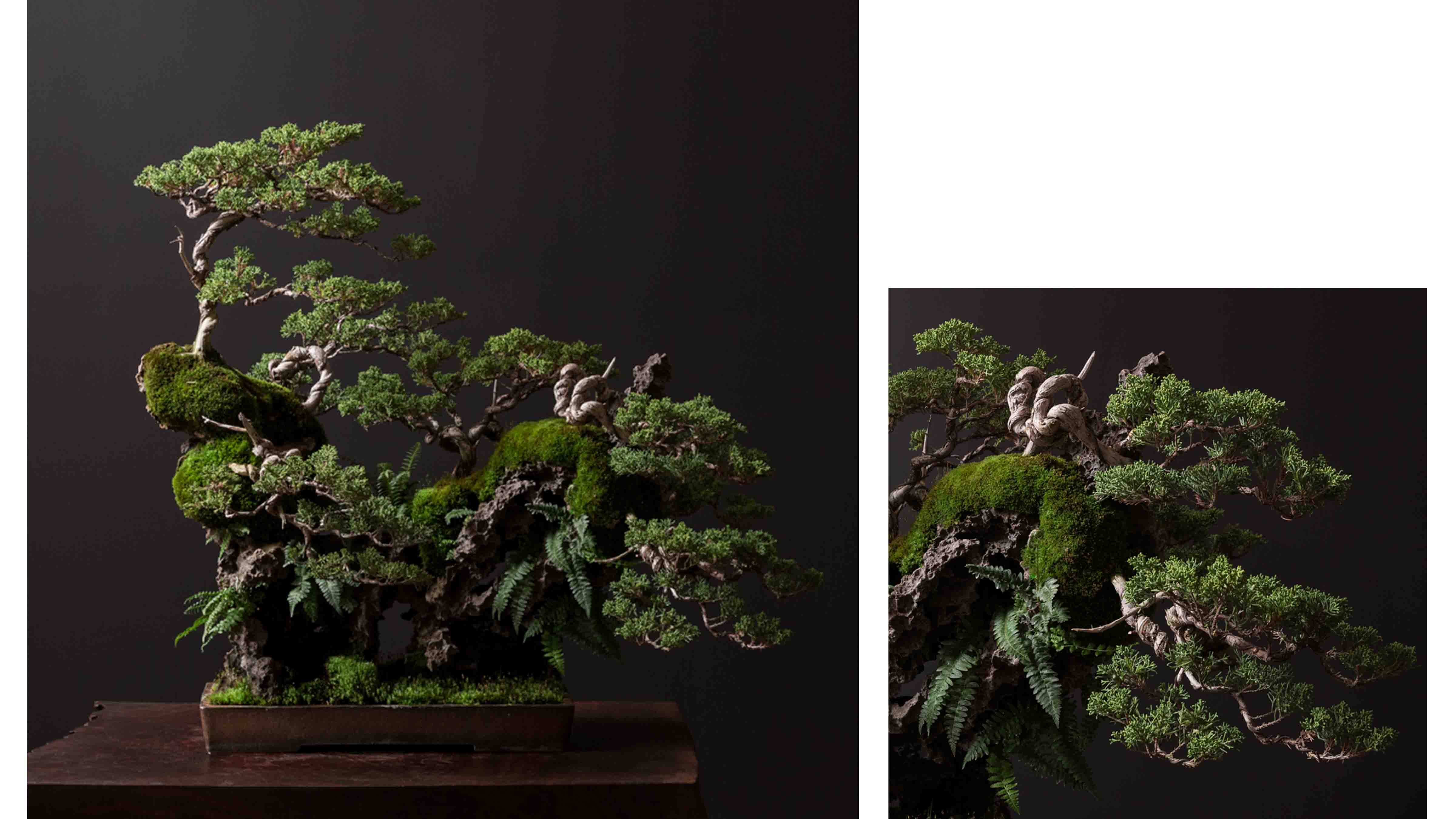
mounding junipers:
Asia
Fudo Shinpaku juniper - Juniperus chinensis 'Fudo'
Itoigawa Shinpaku juniper - Junipersu chinensis 'Itoigawa'
Kishu Shinpaku juniper - Juniperus chinensis 'Kishu'
Procumbens juniper - Juniperus procumbens 'Nana'
Prostrata juniper - Juniperus chinensis 'Prostrata'
San Jose juniper - Juniperus chinensis 'San Jose'
Shinpaku juniper - Juniperus chinensis 'Sargentii'
Toyama Shinpaku juniper - Juniperus chinensis 'Toyama'
Europe
Sabina juniper - Juniperus sabina
North America
Blue Rug juniper - Juniperus horizontali 'Wiltonii'
Hollywood juniper - Juniperus chinensis 'Torulosa'
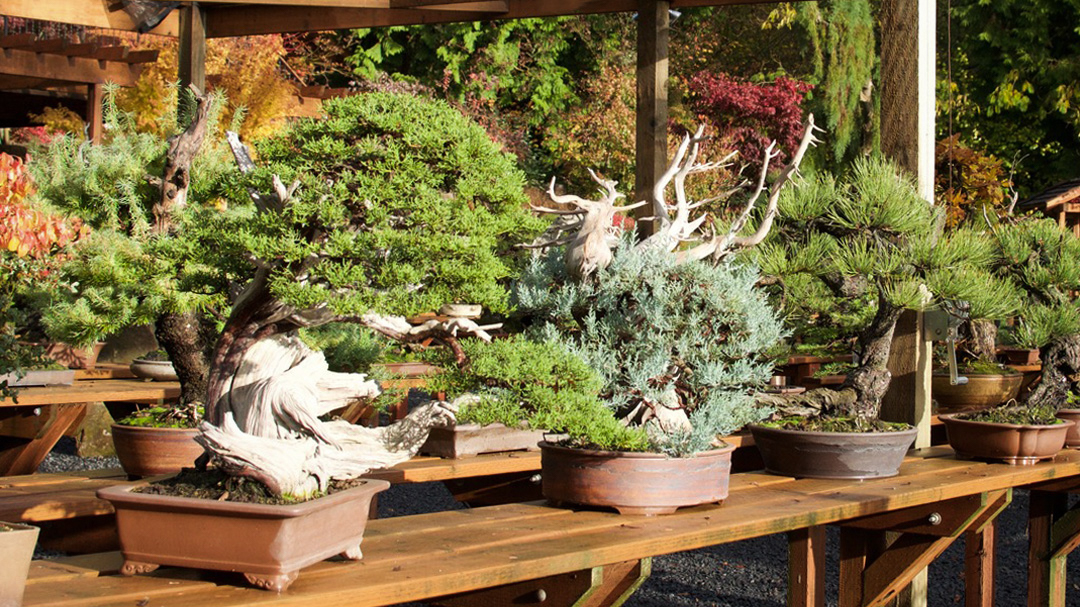
2. Subgenre: Running Juniper
Running junipers are the predominant subgenre across the Western world, forming the dominant growth habit of most native North American juniper species. This subgenre is defined by its propensity to elongate first and gain density at the base of elongating shoots once the shoot has extended significantly. By understanding their habit and timing, running junipers can be pruned once density accumulates to provide a similar aesthetic to mounding junipers. Precise timing and cultivation make running junipers a subgenre that builds primary structure rapidly and easily but demands more nuance to pin down the timing that captures the same refined density mounding junipers are prized for.
Running junipers comprise the tree form of the Juniperus genus showing aggressive elongation indicative of an auxin-dominant upright tree. Little was known about running junipers and their training as bonsai subjects when the importation of bonsai from Japan halted in the early 2000s. To that point, limited experimentation and misapplied technique had largely jaded Western practitioners to running juniper species. Pinching weakened running junipers and repotting techniques were too aggressive for native juniper yamadori. However, the potential of running juniper species sourced from the native environment was undeniable. To continue progressing the art form, Western practitioners explored training techniques that improved upon the misinformed methods of the past. In the modern era of bonsai, running juniper species are some of the most sought-after and appreciated bonsai subjects in the world, rivaling the best juniper bonsai that have existed to date.
The aim has been to manage the inherent long internodes and elongating growth habits of running junipers. Through meticulous pruning and strategic energy redirection from the tips to the interior, we have discovered that it is possible to transform running junipers into equally dense and well-branched specimens akin to their mounding counterparts. Timing and technique play crucial roles in achieving this feat.
running junipers:
Asia
Himalayan juniper - Juniperus squamata
Parson's juniper - Juniperus squamta expansa 'Parsonii'
Europe
Phoenician juniper - Juniperus phoenicea
North America
Ashe juniper - Juniperus ashei
California juniper - Juniperus californica
Eastern Red Cedar - Juniperus virginiana
Rocky Mountain juniper - Juniperus scopulorum
Sierra juniper - Juniperus occidentalis subsp. australis
Utah juniper - Juniperus osteosperma
Western juniper - Juniperus occidentalis subsp. occidentalis
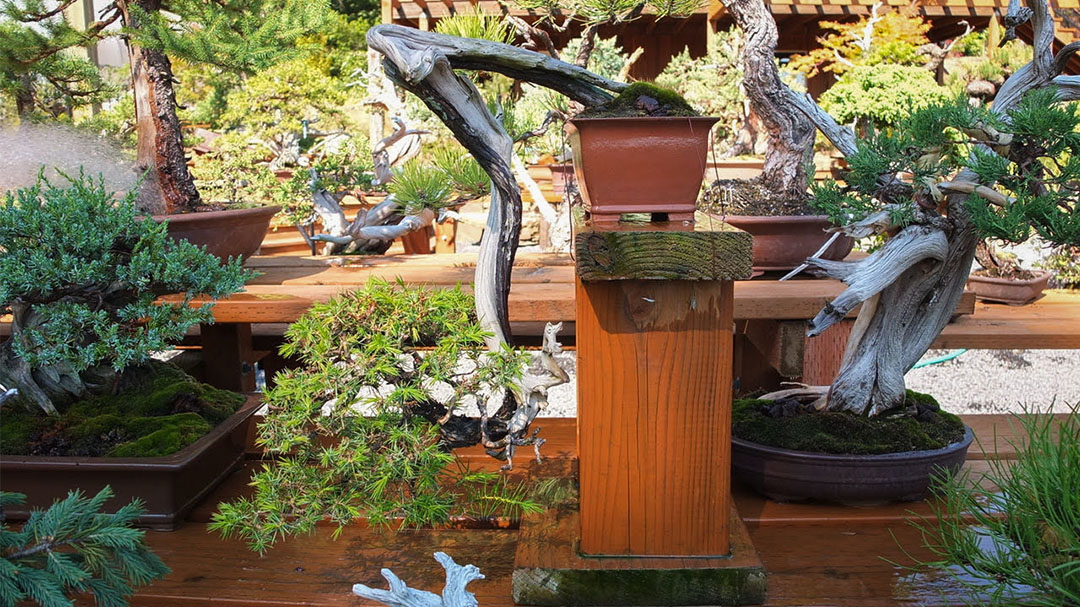
3. Subgenre: Needle Juniper
Needle junipers, arguably the most fascinating subgenre of the Juniperus genus, pose the most significant complexity in bonsai cultivation. This subgenre exists entirely in the needle form of foliar expression, or, in the case of Foemina junipers, is the predominant form of foliage. This shift to the common scale leaf morphology increases the productivity of sugars and starches, which facilitate growth. However, the needle form also increases transpiration, or the loss of water through expanded leaf surface area, making needle junipers more susceptible to issues in repotting and damage incurred during wiring and shaping. It's through these susceptibilities that timing and techniques have been developed to handle needle juniper species for success in bonsai training effectively. Repotting needle juniper once growth has commenced in the spring creates a draw of moisture through the water column, improving success after root work. Wiring needle juniper species at peak activity in the growing season also has decreased branch dieback from the styling procedure. Finally, post-harden pruning needle junipers, instead of pinching the soft, fleshy spring growth, greatly enhance this quirky subgenre's success as a representation of nature in miniature.
Needle junipers are among the most advanced genes to handle as bonsai subjects. Still, their complexity and aesthetic ruggedness are captivating enough to encourage their exploration and use of bonsai as an outlier of traditional and modern bonsai practices.
Understanding the specific timing mechanisms and employing techniques tailored to needle junipers reveal their exquisitely rugged and miniaturized aesthetic, despite their inherent inefficiency in the transpiration process, making their repotting and styling considerations different from other subgenres.
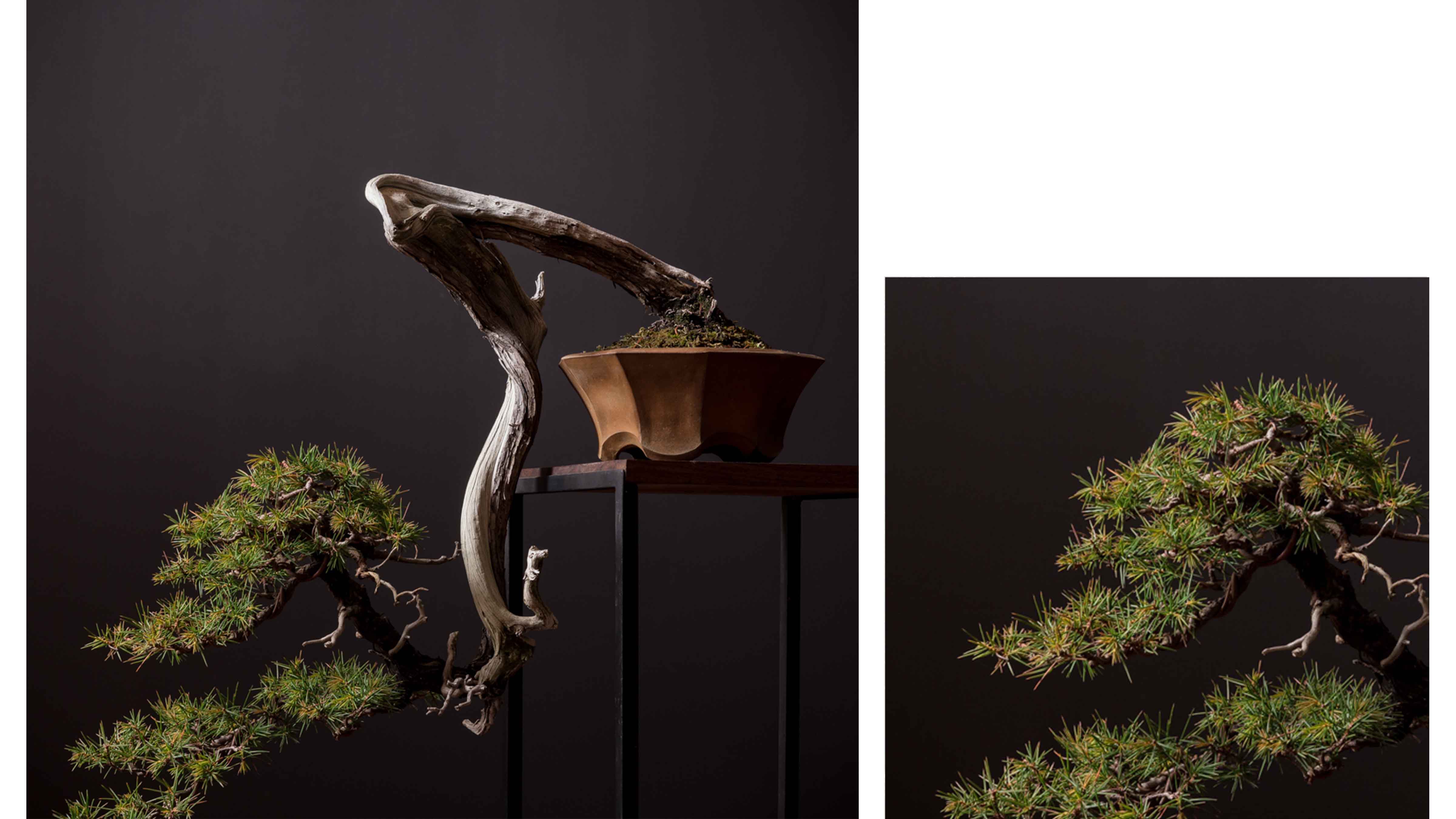
needle junipers:
Asia
Needle juniper - Juniperus rigida
Europe
Oxycedrus juniper - Juniperus oxycedrus
North America
Common juniper - Juniperus communis

The world of junipers offers a rich tapestry of species and subgenres, each with its distinctive characteristics and challenges. Whether it's the mounding junipers with their rapid growth and density, the running junipers gaining recognition worldwide, or the captivating needle junipers with their intricate care requirements, these resilient trees continue to inspire and captivate bonsai enthusiasts around the globe. Through the diversity of these juniper species, we forge a profound connection to the natural environment of countless wild and rugged places. It allows us to explore the captivating aesthetics that render these trees iconic and essential to the beauty of the wild landscapes that deeply inspire us.
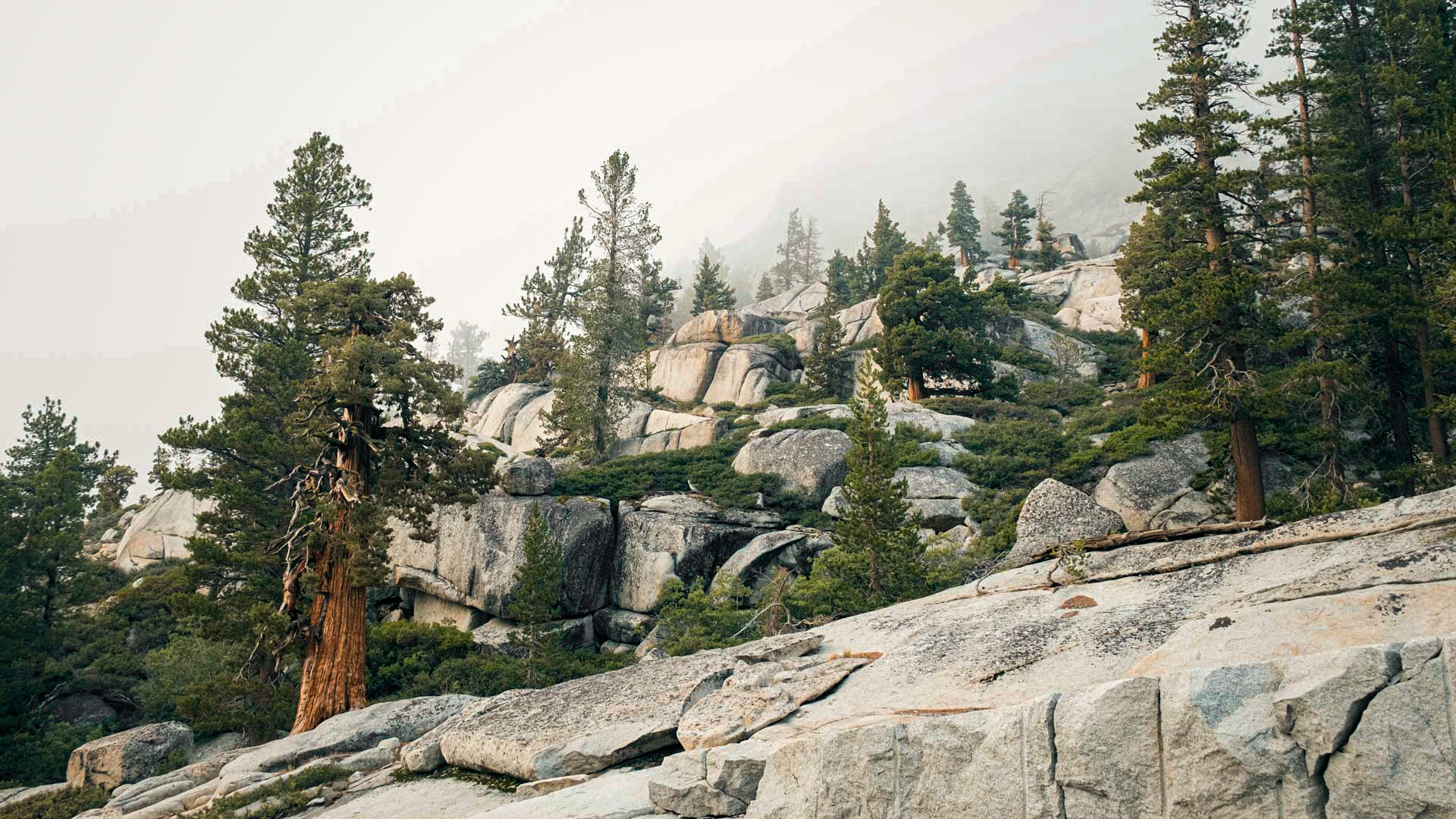
"Through the diversity of these juniper species, we forge a profound connection to the natural environment of countless wild and rugged places."
